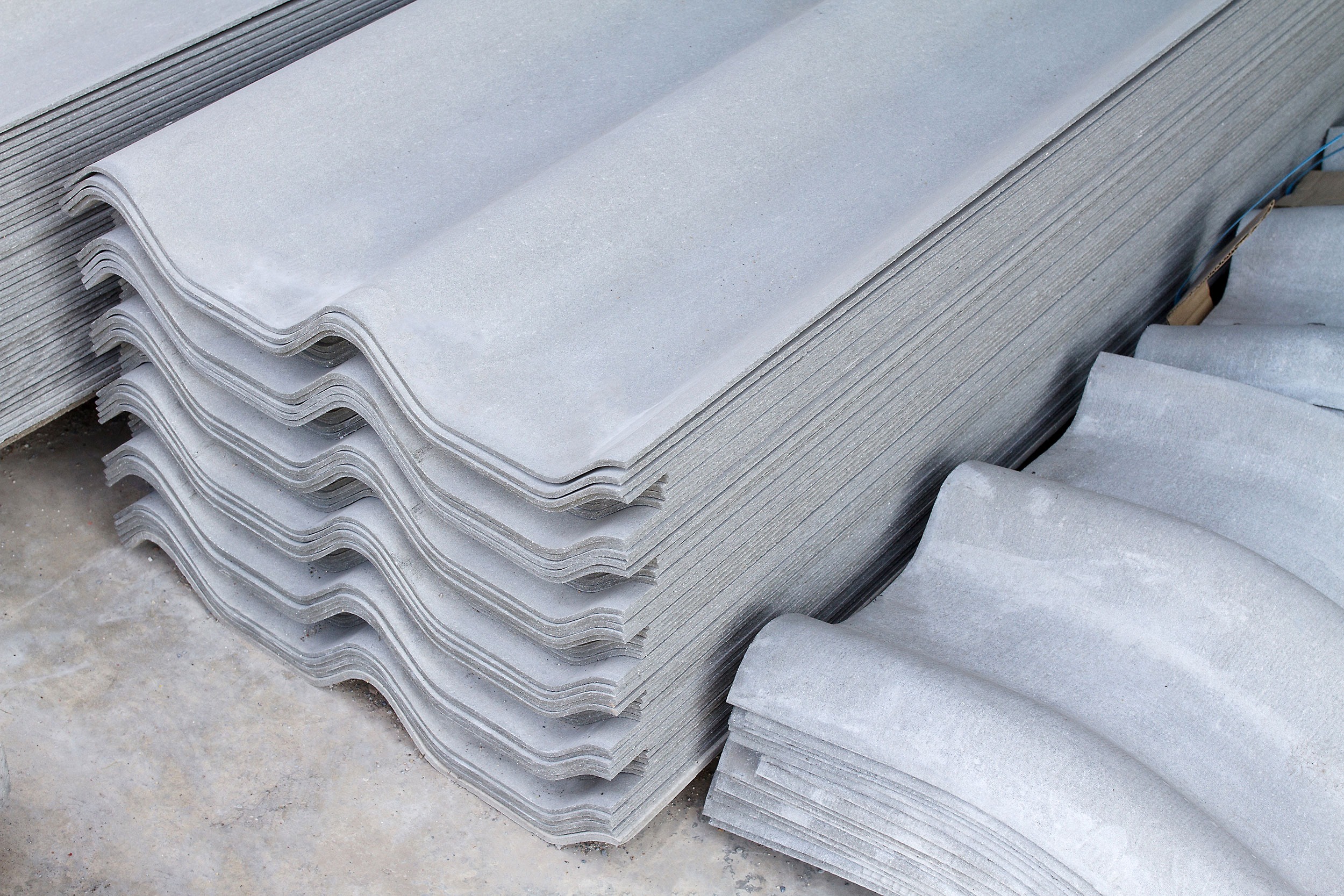IMARC Group’s “Fiber Cement Manufacturing Plant Project Report 2025: Industry Trends, Plant Setup, Machinery, Raw Materials, Investment Opportunities, Cost and Revenue” report provides a comprehensive guide on how to successfully set up a fiber cement manufacturing plant. The report offers clarifications on various aspects, such as unit operations, raw material requirements, utility supply, infrastructural needs, machinery models, labour necessities, transportation timelines, packaging costs, etc.
In addition to the operational aspects, the report also provides in-depth insights into fiber cement manufacturing plant setup, project economics, encompassing vital aspects such as capital investments, project funding, operating expenses, income and expenditure projections, fixed and variable costs, direct and indirect expenses, expected ROI, net present value (NPV), profit and loss account, and thorough financial analysis, among other crucial metrics. With this comprehensive roadmap, entrepreneurs and stakeholders can make informed decisions and venture into a successful fiber cement manufacturing unit.
Request a Sample Report: https://www.imarcgroup.com/fiber-cement-manufacturing-plant-project-report/requestsample
What is Fiber Cement?
Fiber cement is a durable building material composed of cement, sand, and cellulose fibers. This composite material is engineered to offer the strength of cement with the flexibility and resilience provided by natural fibers. It is commonly used in exterior siding, roofing, and cladding applications due to its resistance to fire, moisture, termites, and harsh weather conditions. Fiber cement is also known for its low maintenance requirements and long service life, making it a preferred choice in both residential and commercial construction. Its ability to mimic the appearance of wood, stucco, or masonry without the associated vulnerabilities contributes to its popularity among architects and builders. Additionally, fiber cement products are often available in a variety of textures and colors, providing versatile design options. Its environmentally conscious composition and recyclability further enhance its appeal in sustainable building practices, aligning with evolving regulatory and consumer preferences for greener materials.
Market Trend and Drivers of Fiber Cement:
The fiber cement market is being driven by a combination of factors rooted in sustainability trends, urbanization, and performance requirements in modern construction. Increasing demand for durable and low-maintenance building materials is propelling adoption, particularly in regions prone to extreme weather conditions. Fiber cement’s resistance to fire, pests, rot, and moisture positions it as a safer and longer-lasting alternative to traditional wood or vinyl siding. The global shift toward environmentally responsible construction materials is also fueling market growth, as fiber cement contains recyclable content and contributes to energy efficiency when used in exterior applications. Rapid urbanization, especially in developing economies, is accelerating residential and commercial infrastructure development, further stimulating demand. Additionally, stringent building codes and regulations regarding fire safety and sustainability standards are encouraging the use of fiber cement in new constructions and renovations. Innovation in product aesthetics and ease of installation is also expanding its appeal across both commercial and residential sectors.
Key Aspects to Setup a Fiber Cement Plant:
- Location to Setup Plant
- Market Research
- Plant Layout
- Construction and Infrastructure
- Equipment/Machinery Procurement
- Documentation and Licenses
- Cost Analysis
Requirements to Setup a Facility:
- Funds
- Machinery
- Lands
Types of Costs to Setup a Factory:
- Land, Location and Site Development Cost
- Plant Layout Cost
- Machinery Requirements and Costs
- Raw Material Requirements and Costs
- Packaging Requirements and Costs
- Transportation Requirements and Costs
- Utility Requirements and Costs
- Human Resource Requirements and Costs
Project Economics:
- Capital Investments
- Operating Costs
- Expenditure Projections
- Revenue Projections
- Taxation and Depreciation
- Profit Projections
- Financial Analysis
Key Questions Answered in the Report:
- How has the fiber cement market performed so far and how will it perform in the coming years?
- What is the market segmentation of the global fiber cement market?
- What is the regional breakup of the global fiber cement market?
- What are the price trends of various feedstocks in the fiber cement industry?
- What is the structure of the fiber cement industry and who are the key players?
- What are the various unit operations involved in a fiber cement manufacturing plant?
- What is the total size of land required for setting up a fiber cement manufacturing plant?
- What is the layout of a fiber cement manufacturing plant?
- What are the machinery requirements for setting up a fiber cement manufacturing plant?
- What are the raw material requirements for setting up a fiber cement manufacturing plant?
- And more…
How IMARC Can Help?
IMARC Group is a global management consulting firm that helps the world’s most ambitious changemakers to create a lasting impact. The company provide a comprehensive suite of market entry and expansion services. IMARC offerings include thorough market assessment, feasibility studies, company incorporation assistance, factory setup support, regulatory approvals and licensing navigation, branding, marketing and sales strategies, competitive landscape and benchmarking analyses, pricing and cost research, and procurement research.
Services:
- Plant Setup
- Factoring Auditing
- Regulatory Approvals, and Licensing
- Company Incorporation
- Incubation Services
- Recruitment Services
- Marketing and Sales
Contact Us:
IMARC Group
134 N 4th St. Brooklyn, NY 11249, USA
Email: sales@imarcgroup.com
Tel No:(D) +91 120 433 0800
United States: +1-631-791-1145


